- Joined
- Aug 18, 2007
- Messages
- 3,824
- Reaction score
- 1,884
- Golden Thread
- 3
- Location
- Rochester,Minnesota
- 🥇 Banner finds
- 3
- Detector(s) used
- Minelab Etrac
- Primary Interest:
- Metal Detecting
Found in a gully that gets washed out a lot. Kinda looks like something that was posted awhile ago and can't find it. It had two points and a hole in the center and on the banner.
This looks like slate rock but I'm no expert. roger
This looks like slate rock but I'm no expert. roger



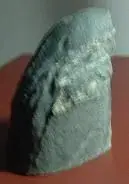
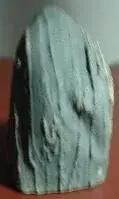
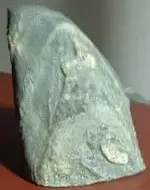
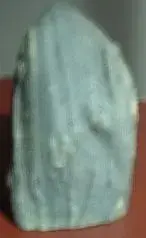
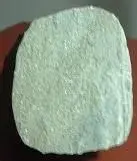
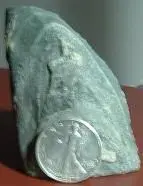

 I find them here on the coast mainly around old colonial home sites or ballast rock piles.All have been found here this way so I would think they came from other places and hauled here.But being from underwater volcano's it's possible I guess that they are just old and have always been here.Might be plenty to find after this hurricane Earl is done with us.
I find them here on the coast mainly around old colonial home sites or ballast rock piles.All have been found here this way so I would think they came from other places and hauled here.But being from underwater volcano's it's possible I guess that they are just old and have always been here.Might be plenty to find after this hurricane Earl is done with us. 


![pic090210951[1].webp](/data/attachments/431/431375-0a5207ee6bb62d41b9c40be8bd2e0f43.jpg?hash=b0hlfPdZb0)
![pic090210952[1].webp](/data/attachments/431/431381-0d12f9c5e7bfb35f88a588553dca98fe.jpg?hash=pdMQnnzhO7)

 rock.
rock.